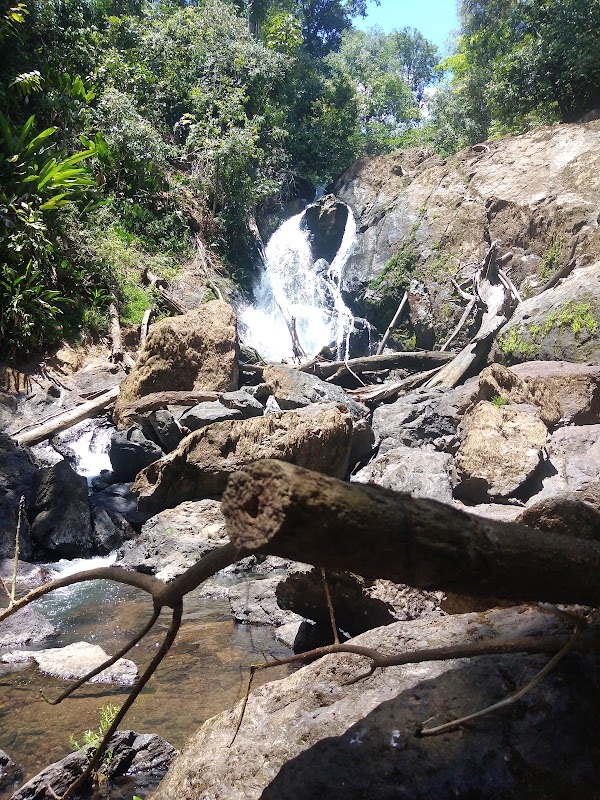Wild Shores and Ocean Thrills: Coastal Wildlife Excursions Near Drake Bay, Costa Rica
Discover the thrill of coastal wildlife excursions near Drake Bay, where forest trails meet vibrant marine life in southern Costa Rica. From challenging hikes to exhilarating boat tours, this guide offers practical tips and vivid insights for adventurers eager to engage with nature’s fiercest elements.
Start Early to Beat the Heat
Morning hikes maximize cooler temperatures and minimize the chance of afternoon rain showers common to the region.
Wear Trail Shoes with Good Grip
Trails near waterfalls and forested slopes can get slippery. Proper footwear reduces risk of falls on wet and muddy terrain.
Bring a Hydration System
Humidity and exertion demand more fluids. Carry at least 2 liters of water to stay properly hydrated during excursions.
Hire Local Guides for Marine Tours
Experienced guides provide crucial safety advice, wildlife spotting expertise, and knowledge of currents and tides for safer, richer adventures.
Wild Shores and Ocean Thrills: Coastal Wildlife Excursions Near Drake Bay, Costa Rica
Southern Costa Rica’s Drake Bay offers an unmatched gateway to raw coastal wilderness. Here, the forest doesn't just frame the trails; it actively challenges your pace with steep climbs and dense greenery that lean in, inviting you to step deeper. Trails range from manageable paths weaving through mangroves to rugged routes where seaward views burst open dramatically, rewarding each exertion with the sharp scent of salt and sprays from the Pacific.
A standout excursion is the boat-guided marine tour into the Caño Island Biological Reserve. The currents here push you deeper into a world where dolphins dart like spirited guides, and manta rays glide with grace, seeming to acknowledge your presence. It’s an active encounter—stay alert, buoyancy aids ready, as sharp fishnado swirls and underwater visibility can shift with the tides.
If hiking is your preference, the Agua Dulce Falls route delivers a satisfying blend of challenge and reward. The trek is about 8 kilometers round-trip, with a steady 300-meter elevation gain through uneven, root-trapped earth. The forest hums with the life of toucans and howler monkeys that break the silence like distant drums. At the falls, the river dares you to cool down, rushing over basalt ledges, a fierce but inviting presence.
Preparation here demands respect for the elements: sturdy footwear with good traction is non-negotiable, as slippery rocks and muddy stretches are frequent. Hydration packs are vital—temperatures hover in the high 80s Fahrenheit, and humidity can sap energy quickly during midday climbs. Early starts are best to avoid afternoon rains, which often come hard and fast.
Aside from wildlife, keep an eye on remote coves where crescent-shaped beaches offer chances for turtle nesting sightings during peak seasons. Local guides are invaluable when it comes to spotting well-camouflaged creatures, as well as understanding tides and marine currents that can transform a boat ride from smooth to thrilling.
Ultimately, Drake Bay’s coastal wildlife excursions invite you to engage with nature on its own terms—fierce, vivid, demanding attention. Whether navigating forested slopes or skimming ocean swells, the experience rewards careful preparation with sights and sounds that linger long after your boots dry and your boat docks.
Nearby Trips
All Adventures
Boat Charters
Water Activities
Adventures near Puerto Jiménez
Discover the unique and memorable adventures that make Puerto Jiménez special.
Frequently Asked Questions
What marine animals can I expect to see near Drake Bay?
Dolphins and humpback whales are common in season, especially from December to April. The Caño Island Biological Reserve is home to vibrant coral reefs with manta rays, sea turtles, and a wide variety of tropical fish.
Are the hiking trails suitable for beginners?
Trails vary in difficulty. Agua Dulce Falls is moderate, with some steep sections and uneven terrain. Casual hikers can manage it with frequent breaks, while more experienced hikers will find it rewarding.
When is the best time to see sea turtles nesting?
Primarily July through October on nearby beaches. Nighttime guided tours offer rare chances to witness this natural event, but always with respect and distance maintained.
Are local guides necessary for excursions?
While not mandatory for all hikes, guides are highly recommended for marine tours and forest treks to boost safety, improve wildlife spotting, and navigate tidal and weather changes effectively.
What precautions should I take regarding weather?
Check daily forecasts, especially during rainy season when quick storms can make trails muddy and limit boat operations. Avoid hiking alone or during heavy rain.
Is it possible to combine hiking and marine tours in one day?
Yes, many operators offer packages combining morning hikes with afternoon boat trips. Planning ahead and starting early maximizes your experience while allowing adequate rest.
Recommended Gear
Waterproof Hiking Boots
Provides stable footing on slippery, mud-covered trails and protects feet from wet conditions during rainy season.
Lightweight Rain Jacket
Critical for sudden downpours during rain season; helps maintain comfort and body temperature.
Hydration Pack
Enables steady water intake on longer excursions under hot, humid conditions to prevent dehydration.
Snorkeling Gear
Useful for marine tours around Caño Island, allowing closer views of underwater wildlife in clearer dry season waters.
Local Insights
Hidden Gems
- "The Cerro Osa viewpoint offers panoramic coastal views with minimal crowds."
- "Remote tide pools at Corcovado’s northern beaches reveal unique intertidal marine life."
Wildlife
- "Scarlet macaws frequently fly overhead in vibrant flocks."
- "Rare glass frogs emerge during rainy nights, their calls punctuating the forest silence."
History
"Drake Bay was named after Sir Francis Drake, whose 16th-century expeditions skirted this coastline. Indigenous communities have long maintained a sustainable relationship with the land and sea here."

